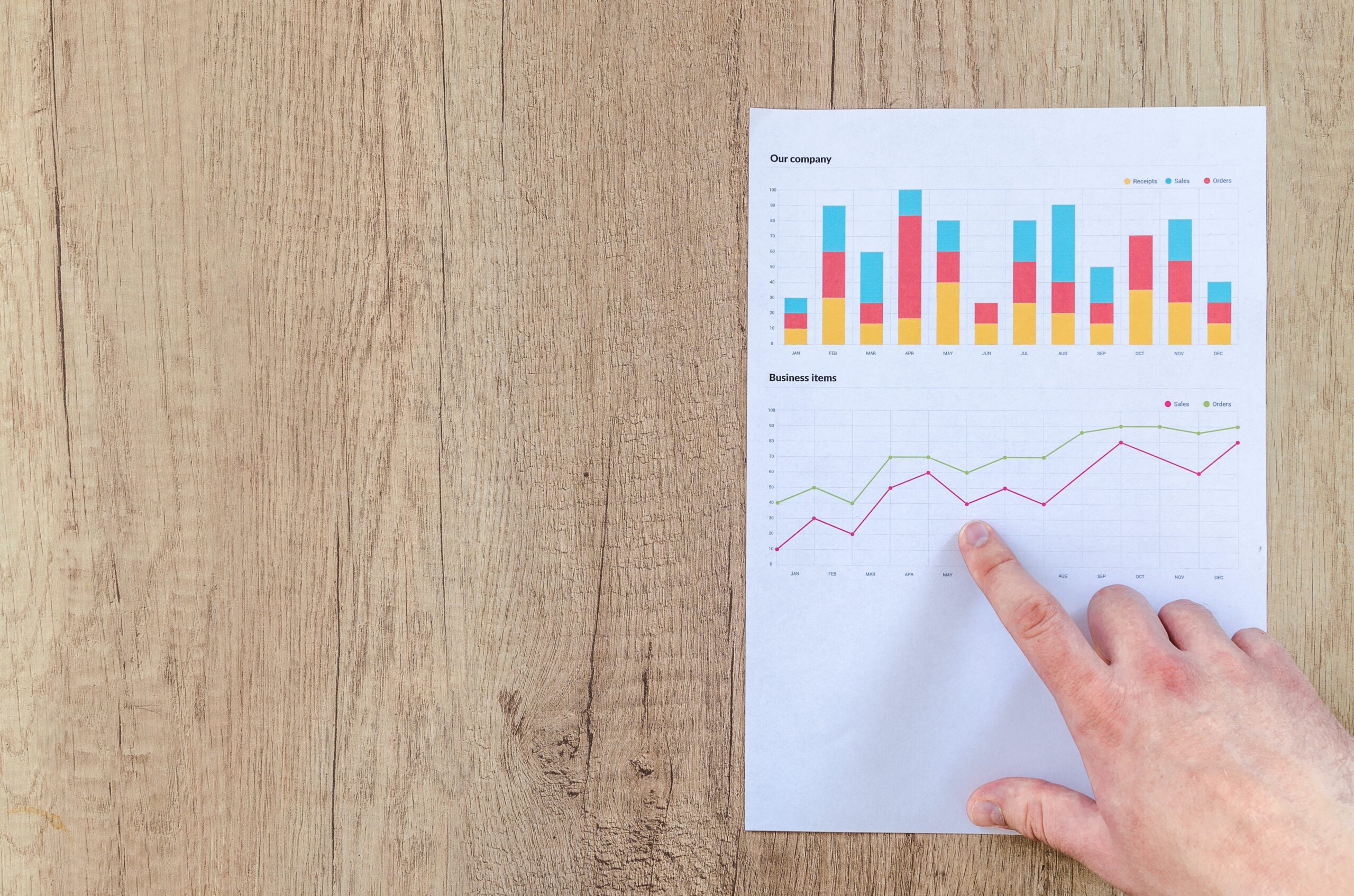The recent times have been testing for everyone. Health scares, the fatigue of social distancing, and a precarious economic landscape have affected every individual. The term “inflation” has become all too familiar, especially with its surge to a staggering 9.1%, the highest in four decades.
But what’s the crux of inflation? Why is it surging now? And how is it influencing businesses and their clientele?
Let’s navigate through the labyrinth of inflation, its reasons, repercussions, and how businesses can adapt to this challenging environment even with restricted financial leeway.
Unraveling Inflation
Inflation denotes a universal escalation in the prices of goods and services in an economy. This surge dilutes the purchasing prowess of a currency.
Though inflation might seem detrimental, the actual scenario is intricate.
The Double-Edged Sword of Inflation
Moderate inflation, hovering around 2% annually, can be advantageous for an economy. A consistent price rise prompts consumers to buy sooner, anticipating future price surges. This propels demand, resulting in job creation and value addition in the economy, setting a beneficial cycle in motion.
This positive cycle also wards off deflation, a dangerous price drop scenario. Falling prices dissuade purchases, expecting even lower future prices. This dwindles overall demand, resulting in job cuts and economic stagnation. Thus, controlled inflation is desirable, albeit counterintuitive.
However, hyperinflation can wreak havoc. With prices inflating by 3% or more annually, consumers might scramble to stock up, fearing exorbitant future prices. Such rapid inflation strains manufacturers, making it challenging to maintain consistent wages or even keep up with the surging demand. In dire circumstances, even basic commodities can become unaffordable.
Experiencing the Inflationary Surge
From vehicles to homeware, flights to groceries, the inflationary footprint is evident everywhere. The common person bears the brunt of these escalated costs without corresponding income increments, especially if they have managed to retain their jobs amidst the tumultuous economic shifts.
Triggers and Continuators of Inflation
The initial sectors to grapple with economic upheaval were travel, hospitality, and food services. Amidst diminishing demand, businesses cut corners or paused operations temporarily.
Even industries that faced persistent demand had to adapt to pandemic-induced protocols. For instance, microchip producers had to downscale, leading to production bottlenecks and inflated prices for limited produce.
Governmental financial aids did pump in money, but with an already lagging production capacity, this only exacerbated the inflationary cycle.
Several elements now sustain this inflationary trend:
- Transfer of rising costs to consumers, such as soaring fuel prices.
- Global tensions hampering production and transportation of commodities.
- A post-pandemic workforce reshuffle with rising resignations and retirements.
- Ongoing governmental aids increasing demand amidst supply chain struggles.
Inflation’s Reverberations on Businesses and Consumer Behavior
Inflation prompts consumers to recalibrate their spending. They may opt for more economical brands, hunt for discounts, curtail non-essential expenditures, or buy in bulk.
Discount stores, particularly dollar stores, are thriving in this climate. Resale retailers, both physical and digital, are capitalizing on this trend, offering branded products at competitive prices.
Capitalizing on the Resale Market
For businesses, resale retailers are a beacon of opportunity. These outlets are voracious for inventory, especially when new stocks are scarce. Leveraging online B2B auctions can be the solution to connect with these potential buyers.
Platforms like Liquidation.com offer businesses an avenue to liquidate excess inventory swiftly and efficiently. Instead of letting overheads consume profits, moving inventory via such platforms can lead to quicker cash recoveries and create space for fresher stock.
Conclusion
Inflation, while posing multifaceted challenges, also presents businesses with unique opportunities. Platforms that liquidate invetory can aid businesses in navigating these inflationary tides, ensuring sustainability and profitability in testing times.
Reach out to us to explore more.




